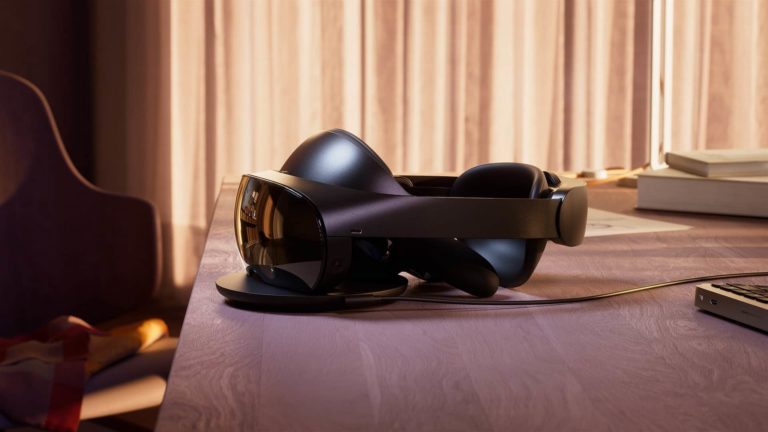
Like many analyst firms, market sizing is one of the ongoing practices of AR Insider’s research arm, ARtillery Intelligence. A few times per year, it goes into isolation and buries itself deep in financial modeling. One such exercise recently zeroed in on VR revenues.
This takes the insights and observations accumulated throughout the year and synthesizes them into hard numbers for spatial computing (see methodology and inclusions/exclusions). It’s all about an extensive forecast model coupled with rigor in assembling reliable inputs.
So what did the latest VR forecast uncover? At a high level, global VR revenue is projected to grow from U.S. $8.3 billion in 2021 to U.S. $28.8 billion in 2026, a 28.3 percent compound annual growth rate (CAGR). This represents fairly healthy growth but a slow road to scale.
Drilling down, our latest Behind the Numbers installment looks at the VR hardware landscape. What are the unit sales and installed base figures that drive the above revenue totals? Which VR headsets are leading in market share, and who’s best positioned for near-term growth?
Virtuous Cycle
Starting at the top, VR headsets are projected to grow in unit sales from 11.91 million in 2021 to 31.99 million in 2026. That correlates to an installed base of 81.98 million units by 2026. The latter is a cumulative figure of VR headsets in the market, factoring in a replacement cycle.
This includes consumer and enterprise-deployed hardware, the former holding a larger share. VR conversely has valuable but relatively-narrow use in enterprise settings due to its sensory immersion that compromises safety and situational awareness. Immersive training is an exception.
Accelerating consumer VR is Meta – mostly Quest 2 – which holds a dominant market share with an estimated 6.59 million units sold last year. Applying loss-leader pricing, it has achieved affordable ranges (~$400) where demand inflects according to ARtillery’s consumer VR survey.
For Meta, this is all in service of working toward VR’s flywheel effect. That’s all about Mark Zuckerberg’s goal of selling enough units that attract content developers, which in turn drive more hardware sales… and the virtuous cycle turns. Meta is already at 20 million in-market units.
Mixed Reality, Mixed Results
But it’s not just about Meta. There are notable players in the VR landscape, including Valve Index in PC VR and PSVR 2 in console-based VR. The latter is hotly anticipated and could inherit some of the advantages of PSVR 1, such as piggybacking on a popular game console.
At the higher end, Quest Pro has seen mixed results but could represent VR’s near-term standard for mixed reality capabilities, which is already being challenged by the HTC VIVE Elite. Speaking of challengers, Pico 4 squares up against Quest 2 with a competitive price/quality ratio.
Pico’s other advantage is its deep-pocketed owner, ByteDance. In fact, a social media giant that uses ad revenue to invest in VR market share is precisely Meta’s VR playbook. However, Pico is having some sales challenges out of the gate, not to mention ByteDance’s potential U.S. ban.
Beyond that wild card, Meta has a technological edge in the competencies developing at the well-funded Meta Reality Labs, while Pico is relatively deficient in its developer ecosystem and games library. Like most things, VR is all about content, so that will be a factor to watch.
We’ll pause there and circle back in the next Behind the Numbers with more VR market segments and drill-downs…






